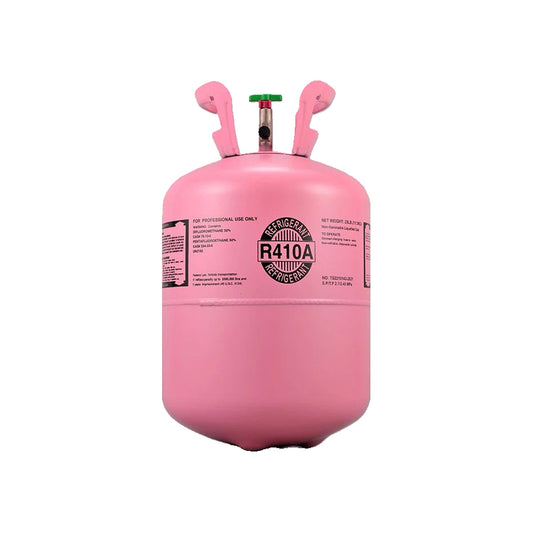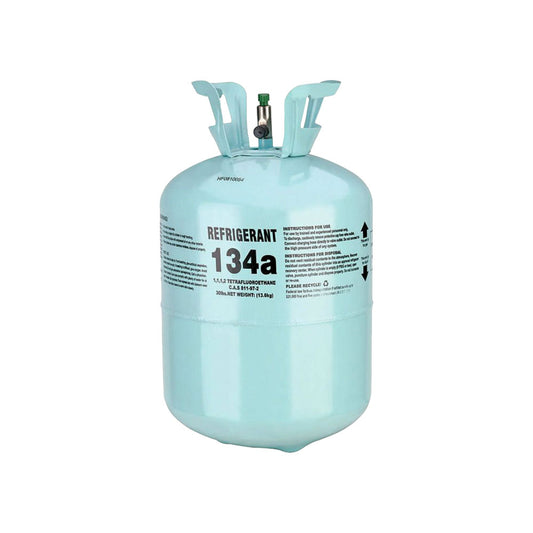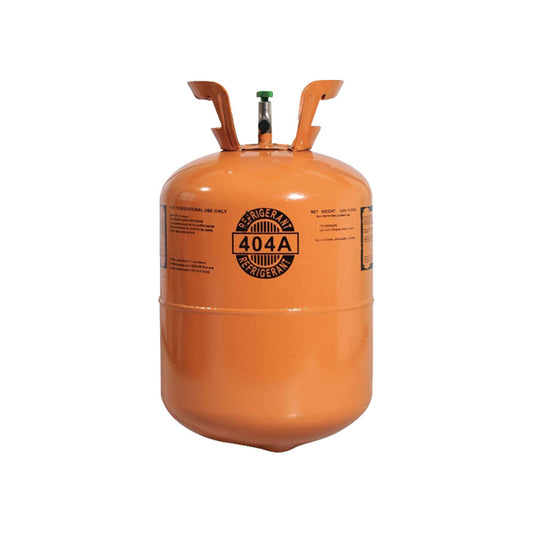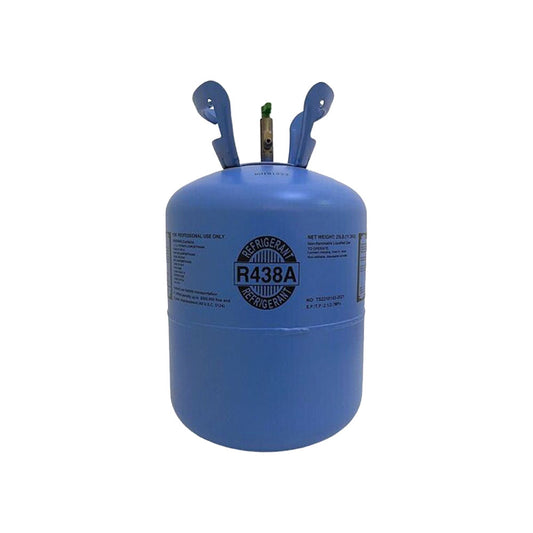The Ultimate Guide to R-427A Refrigerant
Share
R-427A refrigerant is a popular choice for many HVAC systems due to its efficiency and environmental friendliness. In this ultimate guide, we will explore everything you need to know about R-427A refrigerant.
What is R-427A Refrigerant?
R-427A is a non-ozone depleting hydrofluorocarbon (HFC) refrigerant blend used as a replacement for R-22 in various air conditioning and refrigeration applications. It is a zeotropic blend of R-32, R-125, and R-134a, designed to mimic the properties of R-22 while being more environmentally friendly.
Advantages of R-427A Refrigerant
One of the main advantages of R-427A is its low global warming potential (GWP) compared to other refrigerants. It has a GWP of 2107, significantly lower than R-22, which has a GWP of 1810. This makes R-427A a more sustainable choice for HVAC systems.
Applications of R-427A Refrigerant
R-427A is commonly used in air conditioning systems, heat pumps, and refrigeration equipment. It is suitable for both residential and commercial applications, providing efficient cooling and heating performance.
Performance of R-427A Refrigerant
R-427A offers similar performance to R-22 in terms of capacity and energy efficiency. It is compatible with existing R-22 systems with minimal retrofitting required, making it a cost-effective solution for transitioning away from ozone-depleting refrigerants.
Environmental Impact of R-427A Refrigerant
Due to its low GWP, R-427A is considered a more environmentally friendly alternative to R-22. By using R-427A in HVAC systems, you can reduce your carbon footprint and contribute to global efforts to combat climate change.
Regulations and Guidelines for R-427A Refrigerant
It is important to follow regulations and guidelines set forth by environmental agencies when handling and disposing of R-427A refrigerant. Proper handling and disposal practices help prevent environmental harm and ensure the safe use of this refrigerant.
Overall, R-427A refrigerant is a sustainable and efficient choice for HVAC systems, offering a viable alternative to ozone-depleting refrigerants like R-22. By understanding the properties and benefits of R-427A, you can make informed decisions when it comes to selecting refrigerants for your cooling and heating needs.




